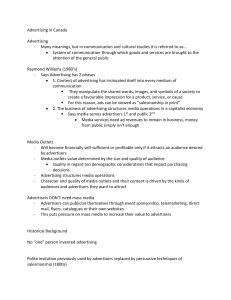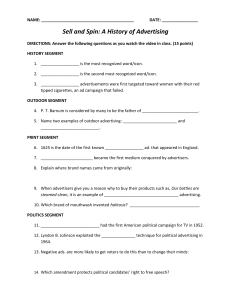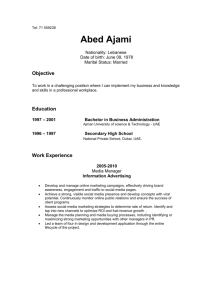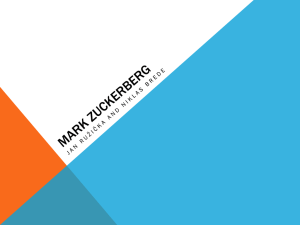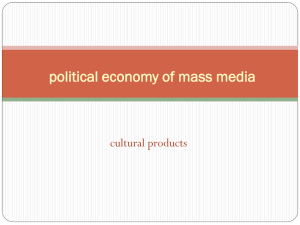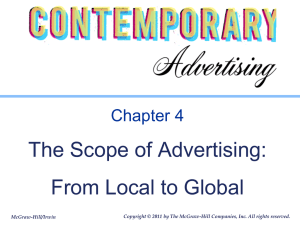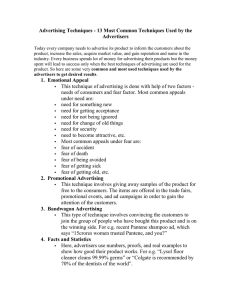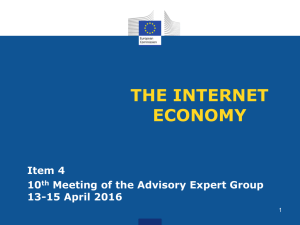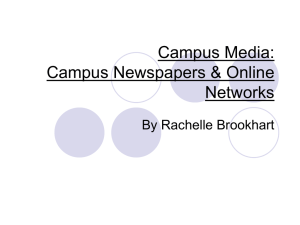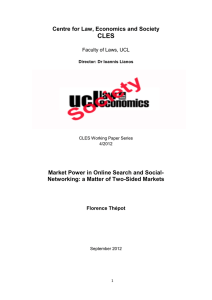How Facebook Makes Money
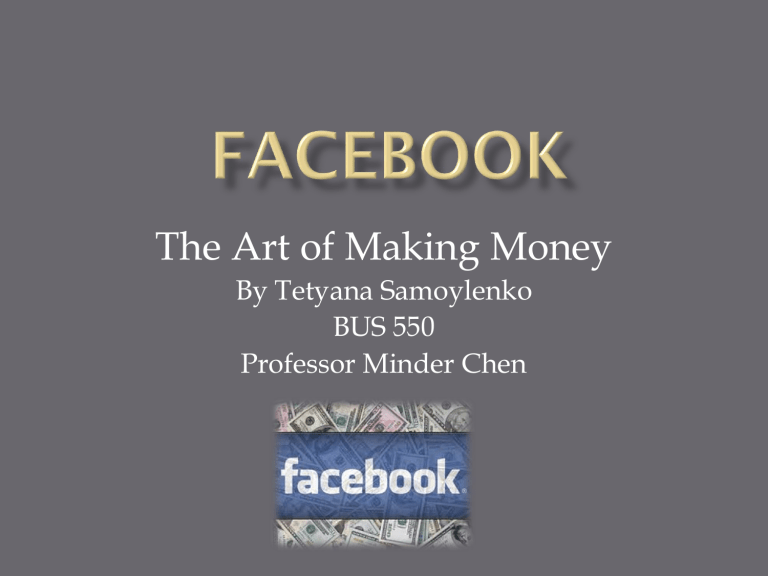
The Art of Making Money
By Tetyana Samoylenko
BUS 550
Professor Minder Chen
From Its Dorm-room Days:
Simple, clean, and uncluttered
Elegant interface design
Zuckerberg’s preference for minimalism
New sort of communication based on real relationship
“Improve people’s lives, especially socially”
Revenues – non-existent in its first 2 weeks
June: $10 million offer at 20 y.o.
Saverin and $10,000
Y2M – ads for college newspaper websites. 30% comission.
Sceptical Mastercard
Y2m wants to invest
Zuckeberg’s vision – “We are going to change the world”
Zuckerberg’s terms – “We don’t like these either but they pay the bills”
Serious business – must keep growth
Obsession with technology – decide when to turn on new schools
Open-source software – key factor in early success.
Exponential growth in the next few years
2007- more than half the site’s users were outside the United States
Universal appeal – all text is in English
Providing service to people all over the world was expensive
No revenue from more than half its users
Advertising deal with Microsoft – applied only in the US
Microsoft is interested in becoming a partner to advertise outside the US
Microsoft had exclusive right to sell banner advertising
Facebook needed its own self-managed streams of revenue
Time to raise capital
Google is interested
Microsoft - $240 million at a $15 billion valuation at 1.6 % of the company
Li Ka-Shing – “Asia’s Warren Buffet” - $60 million for 0.4% of the company
Perfect timing- 2008 recession
In addition to the initial $300 million - Asia’s
Warren Buffet invested $60 million more several months later
Three Munich-based venture capitalists invested $15 million
Total raised in the series D round - $375 million
Microsoft – no longer an obstacle
New sort of advertising
Any commercial entity could create a “page” for free. It had an individual’s model including ability to host applications
The strategy – get as many companies into its systems as possible
A user can become a fan rather than a friend
Activities would be broadcast to their friends’
News Feeds
Poorly designed alert device
Intended for playing games, adding a recipe, and announce purchases you made on partner sites
Major design flaw
“Who is this ring for?’’
Disrupted relationships
Christmas surprise
Redesigned Beacon with opt-in system
Senior executive at Google
Perfect candidate for COO
Company’s top advertising champion and sales person
Immense experience with advertisers from
How to social success into a lasting moneymaking business?
Series of meetings to clarify the business strategy
Things people had already decided they wanted to buy
Response to the word you typed in to the search box: fulfills demand
Help people decide what they wanted
Generate demand
Implant a new idea into your brain – you should want to spend money on this thing
Solution for large brand advertisers
Brand Lift enables large brand to test effectiveness of their advertising campaign almost immediately
Users can interact with advertisers
First year – close to $100 million in revenue
$5 per thousand views for these adds
Smaller advertisers with a credit card
Ads are displayed in the side bar of most pages of the site including user profile, events, groups, and the third-party application
Small businesses – doctors, lawyers, restaurants
Estimated revenue in 2010 $450 million
Send virtual gifts to one another
$1 per gift - $30 million 2009
Third-party developers to increase variety of products sold
Discontinued in August, 2010
Credits are used to buy virtual goods
FarmVille, CityVille, CafeWorld
150 developers in more than 350 applications
Developers must pay a 30% cut whenever online game players use the virtual money
Sandberg: 20-30% of revenue will come from the sale of virtual good or operations of an onsite currency
Prior to becoming COO at Facebook Sheryl
Sandberg worked for which search engine giant?
1. Should Facebook go public? Why?
2. What would happen when individuals and companies become more comfortable with the idea of accepting virtual currencies in exchange for various types of interactions, goods or services.
